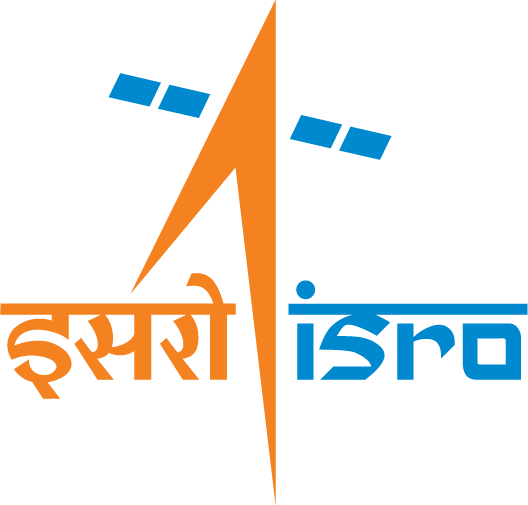Since the beginning of the industrial era, the anthropogenic carbon dioxide (CO2) concentration has been steadily increasing in the atmosphere caused by deforestation, fossil fuel, biomass burning, cement manufacturing, various land-use practices, and other anthropogenic activities. The ocean absorbs one-third of the total anthropogenic CO2 from the atmosphere and plays an important role in the mitigation of global warming and climate change impacts and maintaining the global carbon cycle in balance. Atmospheric partial pressure of CO2 (pCO2) is relatively homogenous compared to oceanic pCO2, which varies significantly both spatially and temporally. Thus, it is important to monitor the partial pressure of pCO2 over the ocean surface at monthly and seasonal timescales to better understand the global carbon cycle. The approach based on using satellite-derived products provides a better estimate of the temporal and spatial distributions of pCO2 over the ocean. The distribution of sea surface pCO2 is controlled by various physical processes, such as mixing, entrainment, upwelling, and advection, and by associated biological processes, such as phytoplankton blooms. The distribution of pCO2 at the sea surface depends on temperature, salinity, chlorophyll concentration, alkalinity, and dissolved inorganic carbon. The North Indian Ocean exhibits unique physical and biogeochemical properties caused by semi-annual reversing atmospheric and oceanic circulations driven by monsoonal forcing. These unique characteristics result in the formation of multiple localized upwelling and CO2 emission regions in the Indian Ocean (Takahashi et al., 2009). The spatial distribution of monthly mean surface water pCO2 over the tropical north Indian Ocean is shown in Figure 1 (figure obtained from S. Mohanty et al., 2022). The results showed lower surface water pCO2 over the Bay of Bengal (BoB) (< 300 μatm) as compared to the Arabian Sea (AS), which could be attributed to low salinity during the northeast monsoon season (December–January) in the BoB. High pCO2 values (> 500 μatm) were found near the Somali coast during the southwest monsoon season (June–August) caused by intense coastal upwelling. The pCO2 over BoB (400–450 μatm) was more than that of the AS in the fall inter-monsoon season (September–November) as a response to the relatively warmer SST over the BoB. The highest spatiotemporal variability of surface pCO2 was observed in the western AS near to the coast and over the northern BoB as a response to the higher variability in biological productivity and salinity, respectively, over these regions.

References:
Mohanty, S., Raman, M., Mitra, D., & Chauhan, P. (2022). Surface pCO2 variability in two contrasting basins of North Indian Ocean using satellite data. Deep Sea Research Part I: Oceanographic Research Papers, 179, 103665.
Takahashi, T., Sutherland, S. C., Wanninkhof, R., Sweeney, C., Feely, R. A., Chipman, D. W., … & de Baar, H. J. (2009). Climatological mean and decadal change in surface ocean pCO2, and net sea–air CO2 flux over the global oceans. Deep Sea Research Part II: Topical Studies in Oceanography, 56(8-10), 554-577.



